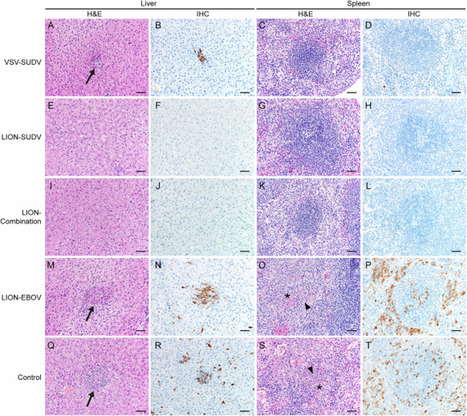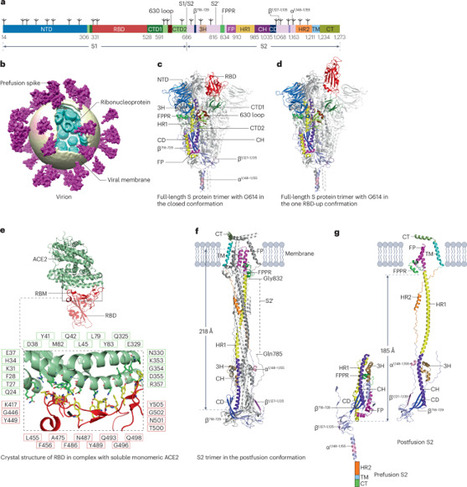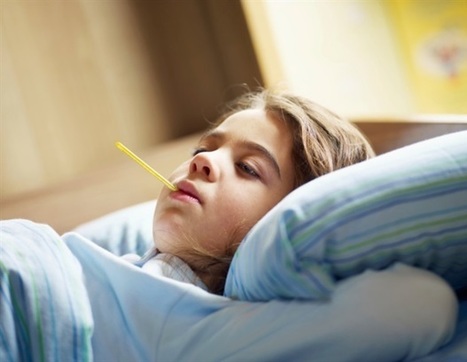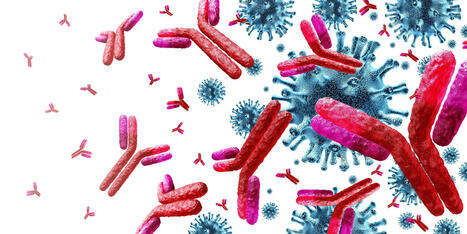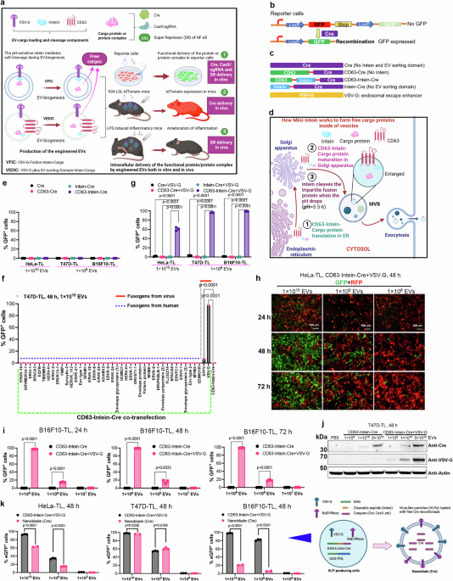New evidence published today in the Cochrane Library shows that human papilloma virus (HPV) vaccines protect against cervical lesions in young women, particularly in those who are vaccinated between the ages of 15 and 26. It also summarizes findings on harms that have been assessed in randomized controlled trials. Below is a Science Media Centre roundup of third-party expert reaction to this review. Prof Keith Neal, Emeritus Professor of Epidemiology, University of Nottingham, said: “This study looks at a collection of studies looking at the benefit of HPV vaccines in reducing pre cervical cancer lesions. HPV also causes many other serious cancers (especially head and neck). In time, as more people have been vaccinated, we will see a reduction in all HPV cancers. The HPV vaccine is one of a number of vaccines using virus like particles (VLPS) which have been shown to be very safe over the last 35 years. “The Cochrane library of reviews has a very rigorous assessment process of all their reviews. “The review only looked at cervical precancer (in women and girls), and does not make any comments about whether boys should be given the vaccine too. But it is an interesting question – the current argument from UK authorities is that herd immunity will protect boys as well. But this is not completely true because 10% of girls do not get vaccinated, nor does it cover sexual activity when abroad or with arrivals to the UK after the vaccination age. Gay men will never be covered by herd immunity from females, hence the separate programme for gay men to receive the vaccine at GUM clinics. Boys can only be fully protected if all their sexual partners have been vaccinated fully.” Dr Mary Ramsay, Head of Immunisations, PHE, said: “This study adds to the wealth of growing evidence from around the world which shows that the HPV vaccine is the most effective way for young girls to protect themselves against cervical cancer. “Most women aged 15 to 25 years in the UK have now received the HPV vaccine. Public Health England has already shown that the HPV vaccine has contributed to a significant decrease in rates of infection with the two main cancer-causing HPV types(16 and 18) in vaccinated and unvaccinated women. This is consistent with very high vaccine effectiveness and substantial herd protection. In time, it is expected that the vaccine will save hundreds of lives every year.” Prof Peter Openshaw, President of the British Society for Immunology, said: “Today’s publication of the Cochrane Library review into the effectiveness and safety of the human papilloma virus (HPV) vaccine paints a reassuring picture, highlighting the huge public health benefits that this vaccine offers to young women. “This very comprehensive review found that the HPV vaccine protects against pre-cancerous changes in the cervix, particularly when given to women aged 15–26. It also finds that, so far, the vaccine causes no serious side-effects. This is very important to emphasise: the negative press that the vaccine has received in some countries is completely unfounded on evidence. The fact that we now have a vaccine that can safely reduce the likelihood of women developing cervical lesions (which often lead to cervical cancer) should be greeted with the highest level of enthusiasm. “Although the HPV vaccine was originally introduced to prevent cervical cancer in women, it’s now recognised that human papilloma virus can cause a number of other diseases in both sexes (which aren’t included in this review) such as genital warts and some other cancers, including those of the anus and some types of mouth and throat cancer. These cancers are rarer than cancer of the cervix, but are really important to prevent too. While this review only concentrates on the effectiveness of the HPV vaccine in relation to cervical lesions, we need to remember that it may confer additional health benefits outside the scope of this review. “Vaccines are among the most effective methods we have to prevent disease. The introduction of the HPV vaccine in the UK in 2008 represented a major step forward in public health, protecting future generations from developing cervical cancer. “The British Society for Immunology celebrates the huge health benefits that this vaccine delivers. It is now crucial that we redouble efforts to ensure that HPV vaccination rates in girls remain high and that we continue to actively communicate the benefits of this vaccine to parents and children.” Prof Margaret Stanley FMedSci, Emeritus Professor of Epithelial Biology and Research Visitor in the Department of Pathology, University of Cambridge, said: “This intensive and rigorous Cochrane analysis of the published clinical trials undertaken with the commercially available HPV vaccines provides reassuring and solid evidence of the safety of these vaccines in young women, with no differences between vaccinated and unvaccinated girls and women in terms of reported serious side effects. It reinforces the evidence that preventing infection by vaccination in young women, with the most important cancer causing HPVs 16 and 18, reduces cervical precancers dramatically. These cervical precancers are the obligate precursors to the life threatening cancer; prevent the precancer and you prevent the cancer. In every clinical trial reviewed in this study the vaccines prevented the development of almost all HPV16/18 caused precancers. These clinical trial results are now being replicated in real life in countries with national HPV vaccination programmes such as the UK – dramatic reductions in the high grade precancers have been shown in Scotland in 20-25 year old women vaccinated at school when they were 12-15.” Dr David Elliman, Consultant in Community Child Health, and RCPCH paediatrician (Royal College of Paediatrics and Child Health), said: “An expert group under the umbrella of the respected Cochrane Collaboration has reviewed all the trials of HPV vaccines. They looked at how well the vaccines worked and how safe they were. After carefully examining all the data, and only including all that which was likely to be accurate and unbiased, they reviewed 26 trials covering 73,428 girls or women. Data on boys and men were not included. “They concluded that both the vaccines that have been in common use (the bivalent vaccine Cervarix and the quadrivalent vaccine Gardasil) were highly effective at preventing infection with the HPV viruses in the vaccines and to a lesser extent reduced infection with some other HPV strains. They also found that the vaccines were highly effective at reducing the incidence of precancerous changes in the cervix, associated with the vaccine strains, that can lead on to cancer. (Because it takes a long time after infection with the virus before cancer develops, there are no published data on this yet.) Changes due to other strains were also reduced, but less so. The main effects were seen in younger females, especially those who were known not to be already infected with HPV. “The group also looked at the incidence of side effects, following the vaccines. They found that, as expected, a number of people had local reactions but there were no serious side effects following the vaccine.” Prof Helen Bedford, Professor of Children’s Health, UCL Great Ormond Street Institute of Child Health, said: “HPV vaccine was introduced 10 years ago for 13-14 year old girls to prevent infection with human papillomavirus (HPV) which can lead to cancer of the cervix, a condition that claims the lives of over 800 women in the UK each year. “This important review of high quality studies shows that HPV vaccines are effective in preventing changes in the cervix that can lead to cancer, particularly when given to young women. It also provides reassuring evidence of the safety of HPV vaccines. “This study provides solid evidence of the effectiveness of HPV vaccines. This, together with early evidence of reduction in cervical cancer in Finland1, confirms the ground breaking value of this cancer preventing vaccine.” 1 Luostarinen T et al. ‘Vaccination protects against invasive HPV-associated cancers’. Int J Cancer, 2018; 142 (2186-2187) Declared interests Prof Keith Neal: "No conflicts." Prof Peter Openshaw: “Prof Peter Openshaw’s research is funded by the Wellcome Trust, the MRC, BBSRC and the European Union. He has received honoraria or consultancy fees from GSK, Janssen, and Mucosis BV.” Prof Margaret Stanley: “Professor Margaret Stanley has acted as consultant and advisor to Glaxo Smith Kline Biologicals and Merck.” Dr David Elliman: “No interests.” Prof Helen Bedford: “I have no conflicts of interest.” No others received. Full citation: Arbyn M, Xu L, Simoens C, Martin-Hirsch PPL. Prophylactic vaccination against human papillomaviruses to prevent cervical cancer and its precursors. Cochrane Database of Systematic Reviews 2018, Issue 5. Art. No.: CD009069. DOI: 10.1002/14651858.CD009069.pub3.

|
Scooped by
Ed Rybicki
onto Virology News May 10, 2018 3:26 AM
|
No comment yet.
Sign up to comment





 Your new post is loading...
Your new post is loading...

